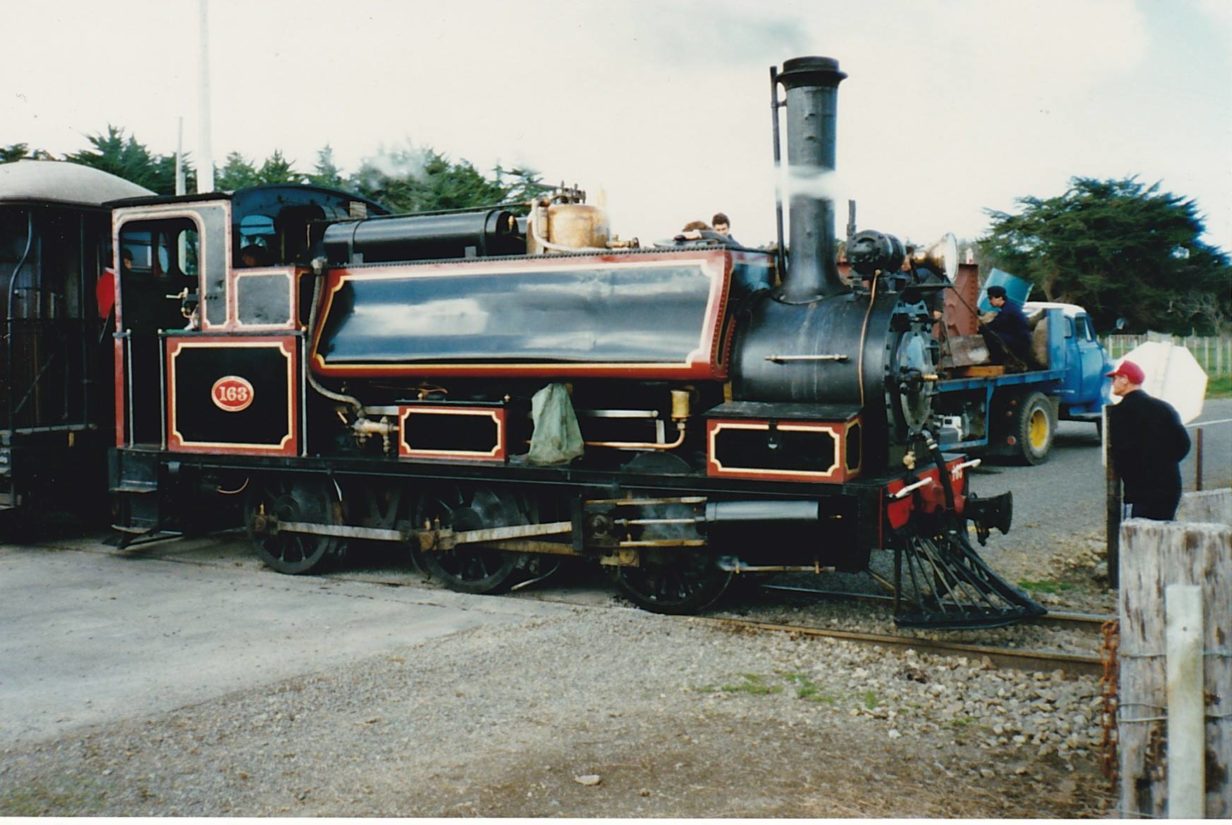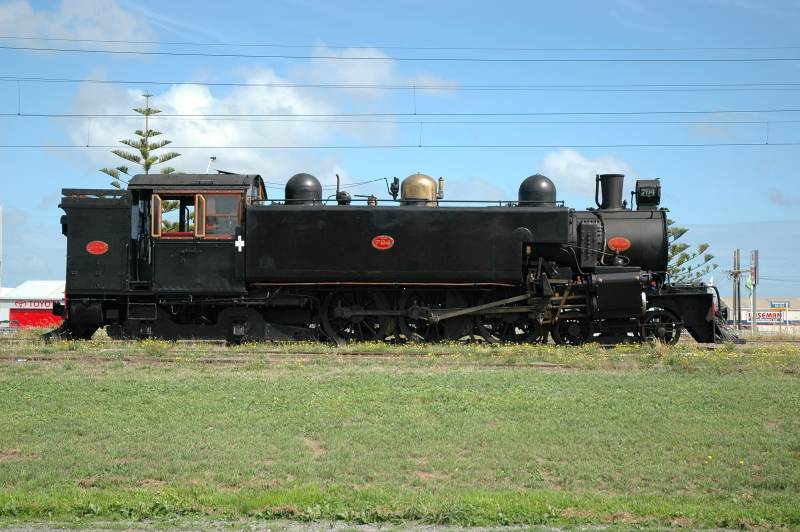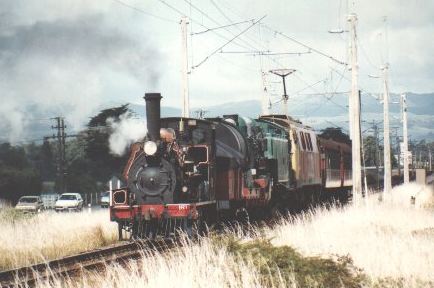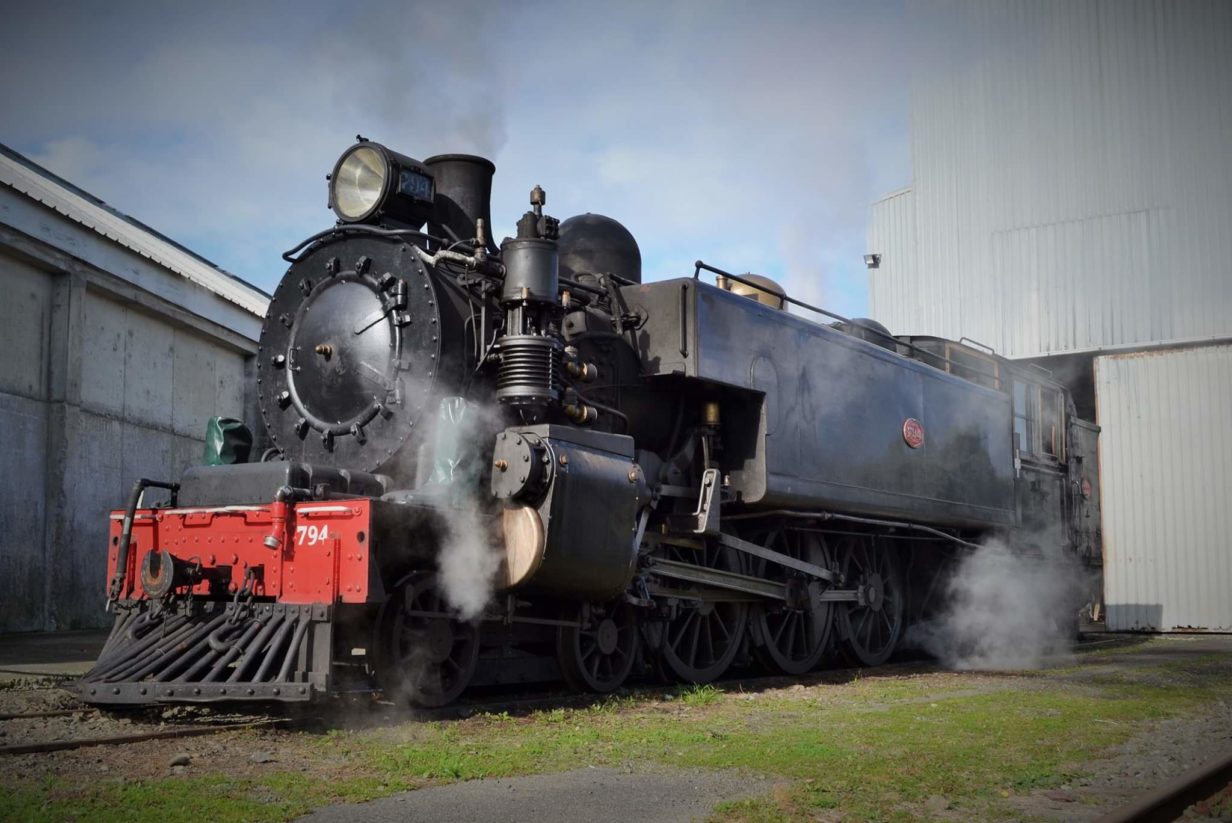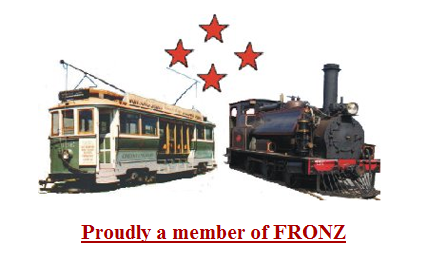F163 – History
F163 is one of nine surviving members of its class and the only one in mainline running condition. This particular engine has been operational, except during overhauls etc, since it was first used on the NZR in 1881. This locomotive was kept by NZR as part of its heritage fleet until 1993, when it was …
F Class
There were eighty-eight of these locomotives produced. They were used for mainline running in their heyday and some members of this class had the longest running careers of all steam locomotives in New Zealand. Some were still in active service in the 1960’s as shunting locomotives with Harbour Boards and freezing works etc. This class …
Wab794 – Technical Information
Makers No: 251 Built: 1927 by New Zealand Government Railway Workshops at Hillside, Dunedin, NZ. Configuration: 4-6-4 T (Tank) Gauge: 3ft 6in (1067mm) Cylinders: Two Bore and Stroke: 17 x 26 inches (431.8 x 660.4mm) Axle loading: 14.3 tons (14.53 tonnes) Driving Wheels: 4ft 6in (54 inches) (1371.6mm) Heating Surface: 1050 sq feet (97.55 metres) …
Wab794 – To FDSRS
The Feilding and District Steam Rail Society was formed with the intention of rebuilding a steam locomotive. After a few months of negotiation we leased Wab794 from the New Zealand Railway and Locomotive Society. In January 1997 the Wab was inspected at Ferrymead and had servicing done to allow it to be towed to the …
Wab794 – History
Our Wab794 was built as part of a batch of 10 at Hillside Dunedin in 1927 – completed in May. It is one of only two survivors of this class, and the only one in mainline running condition.Wab794 was a group of 10 who worked the steeper gradients of the Dunedin-Oamaru route until 1940 when …
Wab Class
The Wab (pronouced WOB) class is a tank version of the Ab class. With the water tanks over the driving wheels, the class had very good pulling power at low speeds and excellent acceleration on flats. These locomotives were designed mainly for suburban workings in Auckland and Wellington where quick acceleration to operating speed was …
